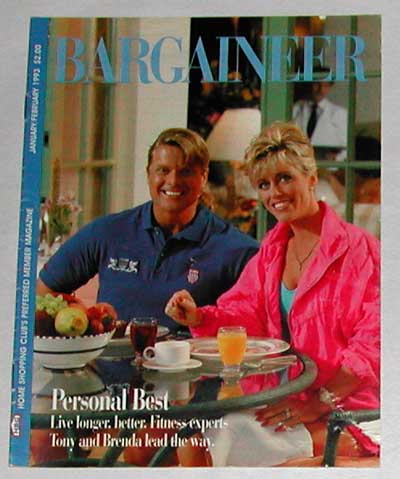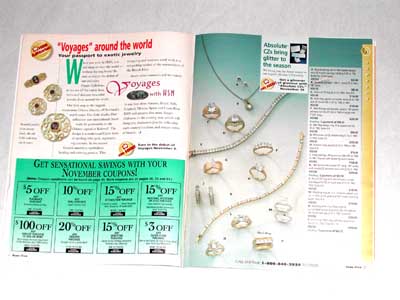In the Band 3 Optimization, we’re concerned about the Interface, the moment of truth when people who have Awareness, Interest, and Desire generated in Bands 1 and 2 are ready to take Action. If we are successful at Optimizing the Interface, people take Action and become Customers, entering Band 4 of the model.
At HSN, we looked at customer communication this way: as soon as a customer makes their first purchase, they begin the defection (dis-Engagement) process. I’ve referred to this idea before as “customers naturally fall down through the bands“. The approach assumes every customer interaction we have after the first purchase directly affects how long this new customer will remain a customer.
Note the Purpose of Band 4 is “Maintain Purchase Behavior”. If you’re not a commerce shop, it would be “Maintain Engagement”.
And, since we have actual behavior for the first time this is a real turning point; we are leaving Push and entering Pull. We now stage a real “sequencing” of messages at the customer segment level. The idea is to be as relevant to the customer as possible based on their Behavior – or lack of it – and Pull them into a stronger relationship.
Right out of the chute, we hit every new customer with a New Customer Kit inside their first package. Through controlled testing, we proved this “Welcome” and “Orientation” piece was very cost effective in terms of generating a second purchase – the ROMI was astronomical. Not because we filled it with coupons (which we tested but was ROMI negative) but because it molded the new customer experience and communicated what customers could expect if they continued their relationship with us. A sincere Welcome, Insider tips and tricks, customer service info, clearly stated policies, etc.
Next, Packing Slip Messaging. On the packing slip itself, we printed messages to customers based on their purchase profiles. For new customers, we printed a Welcome Message referring them to the New Customer Kit in their box – the beginning of the “message sequence”. Current customers received messages based on what was in their order.
Default messaging for current customers was usually about programming – when they could tune in to see merchandise like the merchandise they just purchased. This was particularly important for the niche businesses like doll collecting, gardening, linens, and niche fashion because you have to gross up the niche audience for those shows or the Net Profit per Minute was too low. TV is hooking them on the niche, the packing slip message is maintaining their interest.
Next in sequence was the Magazine. Yes, that’s Tony Little and Brenda Dygraf, for those of you hip to the infomercial world…

At one time, this mag was mailed to every customer. Based on tests using control groups, we started to Optimize, killing off distribution first to people with no purchase in over 12 months, then killing off distribution to 1 time buyers, some of which were new customers.
These actions probably sound radical to you, especially on the new customer side, but the financials are what they are – these segments lost boatloads of money. It did not matter how long the test period was – 3 months, 6 months, 9 months, 12 months – if a new customer did not make a 2nd purchase, they were not worth mailing the magazine to. End of story.
And what we learned is no purchase in 12 months is a darn eternity for an interactive relationship, really. These customers are already dis-Engaged, it’s too late. What we needed to do with them is get on message with them earlier, before or while they are dis-Engaging.
On the new customer side, what we did do relative to the magazine was turn the magazine into a reward for making a 2nd purchase – look at all the coupons and stuff you get! This offer was promoted in the – you guessed it – New Customer Kit. Pull ’em through. Message sequencing based on behavior.
Once we optimized the distribution of the Magazine, we started working on Optimizing the Magazine itself, once again using control groups for all the segments (you can click the image to enlarge):
What you are looking at is a spread for the mag with coupons on the left, and a small mail order jewelry section on the right. This version would be going to the dis-Engaging customers mentioned above, at about 6 months since last purchase. No waiting for 12 months!
This Version? Yes, at the peak, 128 versions, based on the individual customer’s behavior. Variable binding was used to create these customized versions. Typically, you wouldn’t see mail order in your Magazine until you had not made a TV purchase for at least 6 months; otherwise testing showed any mail order sales were basically cannibalized from TV.
If you’re having trouble conceptualizing what this kind of segmentation might be like, take a look at the series of charts here. Basically, 3 vectors – Recent Purchase Categories for generalized segmentation, then Recency and Frequency for behavior / messaging.
Your coupons would be tuned for various LifeCycle scenarios based on previous behavior, generally getting less specific and less restricted the longer it had been since last purchase. Said another way, the more likely you were to purchase, the more restrictive your coupons were. This approach ensures we were driving incremental profit and not just subsidizing normal purchase behavior.
All of this designed to Pull customers back in into a purchase cycle, driving maximum incremental sales (versus control) at the lowest possible cost, before they completely dis-Engage. Because in Interactive relationships, once folks dis-Engage, there’s nothing Marketing can do to get them back in a profitable way.
You end up dumping tons of messages on this dis-Engaging group and nothing happens. That’s pretty much what most e-mail programs do today. And it’s not like e-mail is free, you know.
If you’re really doing a good job with merchandising, fix your experience problems, and generally reduce Friction, maybe these dis-Engaged customers will come back by themselves. But it’s too late to “Market” them into coming back. They no longer want what you’re offering, and repeating yourself is not going to change anything!
Do you get the idea of message sequencing based on the LifeCycle?
Any questions on the approaches / testing / decisions above?
(A post by post index of this Marketing Bands Series is here.)

Excellent information that you posted.Thanks for the ideas and tips.